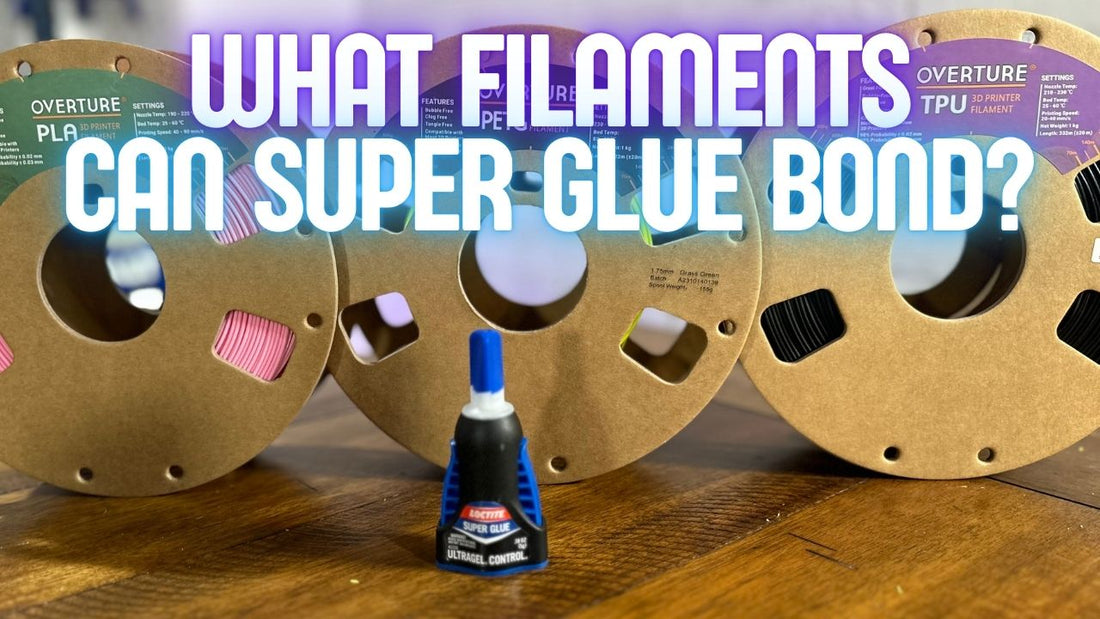When it comes to 3D printing, finding the right adhesive can make a world of difference in the durability and finish of your projects. Today, we’re putting one of the most versatile adhesives—super glue—to the test on three popular 3D printing filaments: PLA, PETG, and TPU. This experiment will help you determine how well super glue bonds to each material and where it might fall short.
The Importance of Super Glue in 3D Printing
Super glue, also known as cyanoacrylate, is a staple in the 3D printing community. It’s fast-setting, strong, and easy to apply, making it ideal for everything from assembling parts to performing quick repairs. Whether you’re working on intricate designs or robust mechanical parts, super glue can provide the durability and stability needed for long-lasting prints.
Preparing for the Test
For this test, we’ll be using bike handles printed in PLA, PETG, and TPU. We’ll clean the handles, apply super glue, and then attempt to snap them apart to evaluate the bond’s strength. Each filament offers different properties, with PLA being rigid, PETG offering a good balance of strength and flexibility, and TPU being highly flexible. This variety will give us a comprehensive understanding of how super glue interacts with each material.
Step-by-Step Testing Process
-
PLA Bonding and Testing:
PLA is one of the most commonly used 3D printing materials, known for its ease of use and rigidity. After bonding the PLA handles with super glue, we performed a twist and snap test. Initially, we encountered some bonding issues, possibly due to high humidity, but after addressing the environmental factors, the bond held up well. In the final test, the PLA itself broke, not the super glue, confirming that super glue is highly effective with PLA. -
PETG Bonding and Testing:
PETG is valued for its strength and slight flexibility, making it a popular choice for functional parts. Similar to PLA, the super glue formed a strong bond with PETG. During the twist test, the PETG snapped before the bond gave way, indicating that super glue is also a reliable adhesive for PETG prints. -
TPU Bonding and Testing:
TPU is a flexible filament, often used for creating rubber-like parts such as gaskets or phone cases. As expected, bonding TPU with super glue was challenging. While the glue held during the twist test, it failed when we applied pressure in a different direction. The bond sheared cleanly, which aligns with our expectation that super glue is less effective on highly flexible materials like TPU.
Addressing Humidity and Super Glue Performance
Humidity can significantly affect the performance of super glue, especially when it comes to 3D printing. Our initial tests were conducted on a humid day, leading to weaker bonds. After running a dehumidifier overnight, the glue's performance improved considerably. This highlights the importance of controlling environmental factors when using super glue for your 3D printed projects.
Super glue, particularly brands like Loctite, proves to be an excellent adhesive for 3D printing, especially with rigid and semi-rigid filaments like PLA and PETG. However, it’s less effective with flexible materials like TPU. Understanding these nuances can help you choose the right adhesive for your specific 3D printing projects, ensuring strong and lasting bonds.

